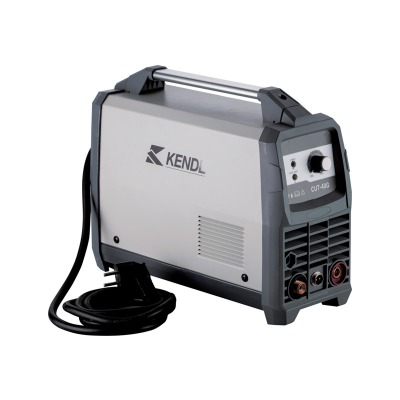Email: [email protected]
 2024.12.27
2024.12.27
 Industry News
Industry News

In the ever-evolving landscape of manufacturing, the torsion welding machine stands out as a pivotal innovation that enhances efficiency and precision in automated production lines. As industries strive for higher productivity and lower operational costs, the integration of the torsion welding machine into automated systems has become increasingly prevalent.
The torsion welding machine operates on the principle of applying torsional forces to join materials, typically metals, through a combination of heat and pressure. This method not only ensures strong and durable welds but also minimizes the risk of defects that can arise from traditional welding techniques. The precision offered by the welding machine is particularly beneficial in high-volume production environments where consistency is crucial.
One of the primary advantages of incorporating a torsion welding machine into an automated production line is the significant reduction in cycle times. Automation allows for continuous operation, and the speed at which a torsion welding machine can perform welds contributes to overall efficiency. This rapid processing capability enables manufacturers to meet increasing demand without compromising quality. As a result, businesses can achieve higher output rates while maintaining the integrity of their products.
Moreover, the welding machine enhances safety in the workplace. Traditional welding methods often involve hazardous conditions, including exposure to intense heat and harmful fumes. However, with automation, the torsion welding machine can operate in controlled environments, reducing the risk of accidents and improving overall workplace safety. Operators can monitor the process from a distance, ensuring that they are not exposed to dangerous conditions while still maintaining oversight of the welding operations.
The versatility of the welding machine is another factor that makes it an attractive option for manufacturers. It can be adapted to weld various materials and shapes, making it suitable for a wide range of applications. Whether in the automotive industry, aerospace, or construction, the torsion welding machine can be tailored to meet specific production needs. This adaptability not only streamlines the manufacturing process but also allows companies to diversify their product offerings without investing in multiple welding systems.
In addition to its operational benefits, the torsion welding machine contributes to cost savings. While the initial investment in automated welding technology may be substantial, the reduction in labor costs and increased production efficiency create significant savings over time. Companies that implement a torsion welding machine often find that the return on investment justifies the upfront costs, making it a financially sound decision.
Furthermore, the integration of this welding machine into automated production lines aligns with the broader trend of Industry 4.0, where smart manufacturing and interconnected systems are becoming the norm. The ability to collect and analyze data from the torsion welding machine allows manufacturers to improve their processes continuously. By leveraging real-time data, companies can identify inefficiencies, predict maintenance needs, and enhance overall production quality.
As the demand for high-quality products continues to rise, the role of the torsion welding machine in automated production lines will only become more critical. Its ability to deliver consistent, high-strength welds while improving safety and efficiency positions it as a key player in the future of manufacturing. Companies that embrace this technology will likely gain a competitive edge in an increasingly crowded marketplace.
In brief, the torsion welding machine is revolutionizing the way manufacturers approach welding in automated production lines. Its speed, precision, and adaptability make it an invaluable asset in modern manufacturing. As industries continue to evolve, it will play a crucial role in shaping the future of production, driving innovation, and ensuring that manufacturers can meet the challenges of tomorrow.